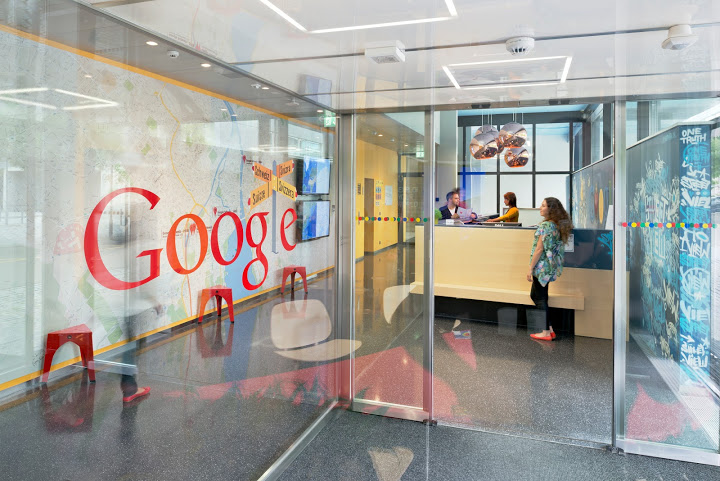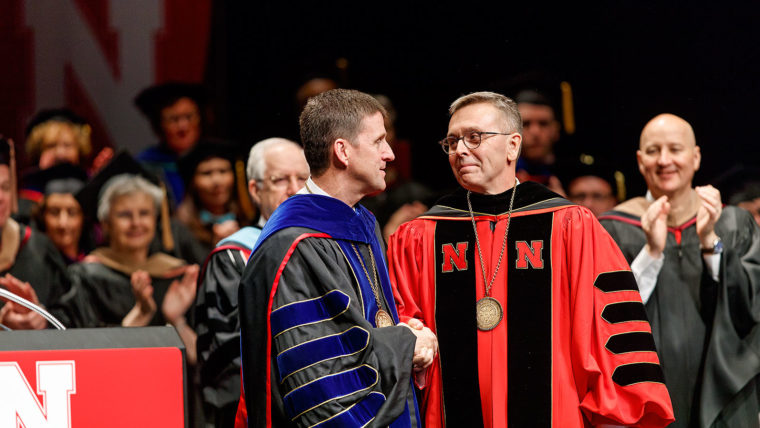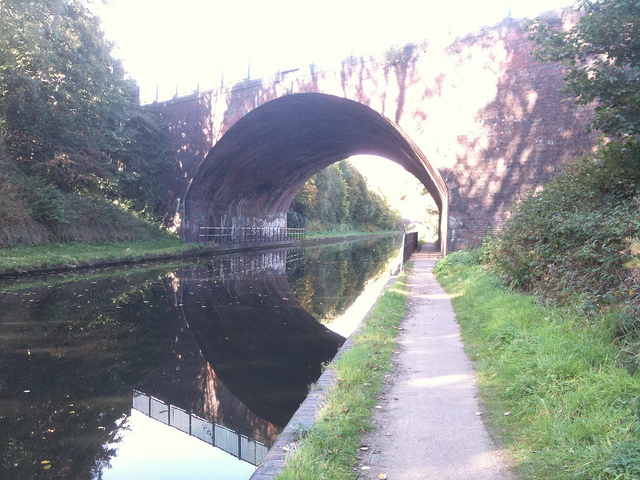The importance of teamwork is increasingly understood as important across many work contexts. In higher education, we talk a great deal about the need for teamwork to support innovation, creativity, and productivity. There’s been a fascination for years about the potential of interdisciplinary activities to break down silos and build connections across campus. Whether we are talking about faculty or administrative offices, higher education leaders desire to promote teamwork, but how do we do this in the construct of the university. In today’s post, I want to share what Google’s team research can teach higher ed about teamwork.

A research group inside of Google’s human resources unit (what they call People Operations) sought to understand what makes a Google team effective.





